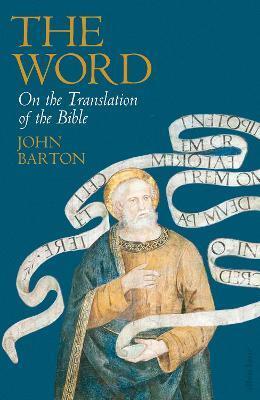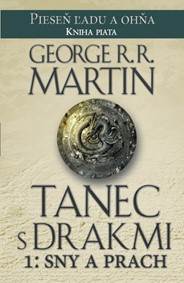George R.R. Martin, ktorého časopis Time nazval „americkým
Tolkienom“, si získal medzinárodné uznanie svojím monumentálnym
cyklom epickej fantasy. Teraz vám tento oceňovaný autor prináša
piatu knihu svojej preslávenej ságy, v ktorej známe tváre aj
nečakané mocnosti bojujú o svoje miesto v rozdrobenej ríši. Po
obrovskej bitke visí budúcnosť Siedmich kráľovstiev na vážkach,
krajinu sužujú stále nové hrozby, ktoré sa vynárajú z každej
strany. Na východe vládne Daenerys, posledná z potomkov
Targaryenovcov, so svojimi tromi drakmi ako kráľovná mestu,
vystavanému z prachu a smrti. Ale aj ona má tisícky nepriateľov, čo
sa ju vybrali hľadať. Kým sa dávajú dokopy, istý mládenec sa
taktiež vydáva na cestu za kráľovnou, no vedú ho k tomu úplne iné
pohnútky. Aj Tyrion Lannister, na úteku zo Západnej zeme, kde je na
jeho hlavu vypísaná nemalá odmena, mieri ku kráľovnej Daenerys. No
jeho najnovší spojenci na tejto ceste nie sú len banda trhanov, ako
sa na prvý pohľad zdá, ba dokonca majú medzi sebou niekoho, kto by
mohol skutočne pripraviť Dany o jej nárok na Západnú zem. Na severe
sa stále tiahne gigantický Múr z ľadu a kameňa, ktorý je iba taký
silný ako tí, čo na ňom držia hliadku. A tam musí Jon Snow, 998.
najvyšší veliteľ Nočnej hliadky, čeliť najväčšej výzve. Nepriatelia
naňho striehnu nielen v Hliadke, ale aj za Múrom, v zemi ľadových
tvorov. Vo všetkých kútoch krajiny prepukajú prudké spory, páchajú
sa zrady, a celá perepúť štvancov a kňazov, vojakov a
prevteľovačov, urodzených aj otrokov musí prekonávať naoko
nezdolateľné prekážky. Niektorí zlyhajú, iní zosilnejú mocou
temnoty. Ale v časoch rastúceho nepokoja sa sily osudu a politiky
spoja v nevyhnutnom tanci, najväčšom, aký videl svet.

